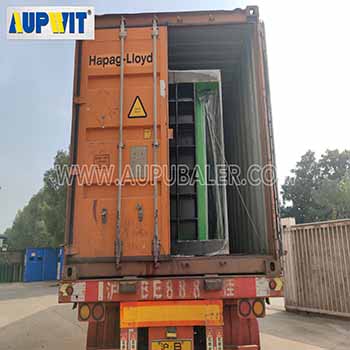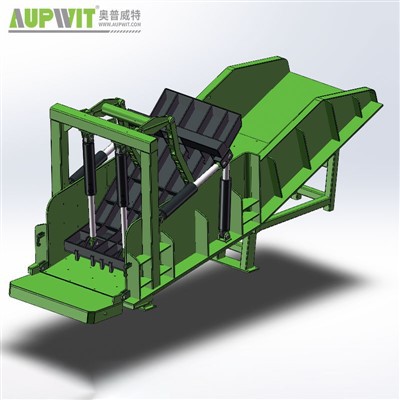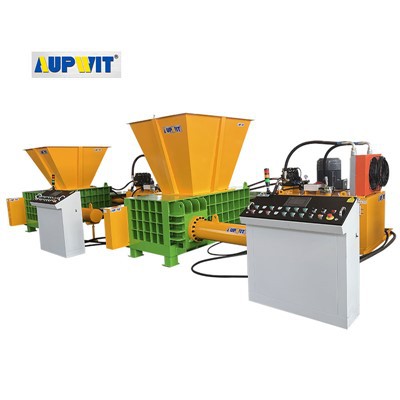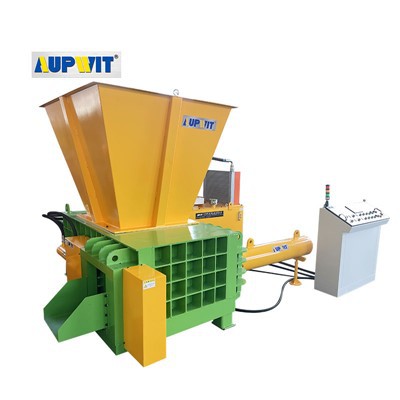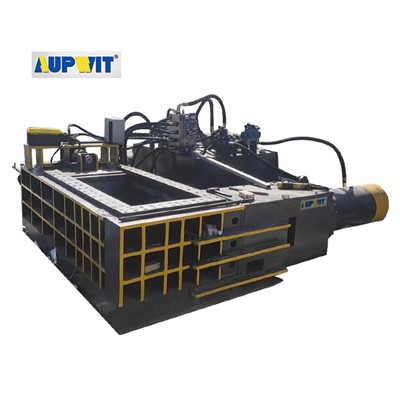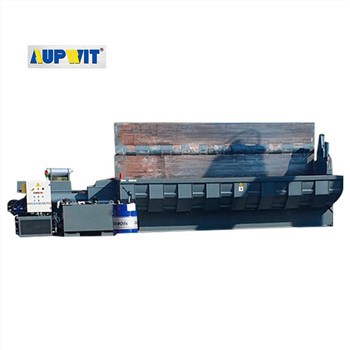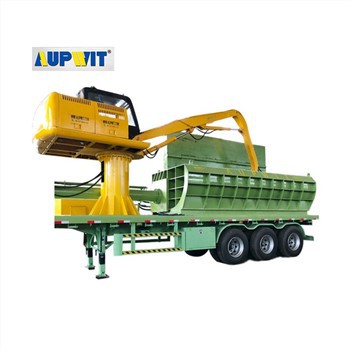1. Classification by power source
Hydraulic tire baler: This is one of the most common types. It relies on the hydraulic system to provide power, and the hydraulic oil is delivered to the hydraulic cylinder through the hydraulic pump, pushing the piston to generate strong pressure to compress the tire. This type of baler has the advantages of high pressure and good packaging effect. It can compress the tire into a high-density package and is suitable for tires of various specifications. At the same time, the control of the hydraulic system is relatively precise, and the pressure and stroke can be adjusted according to different tire materials and packaging requirements.
Mechanical tire baler: The tire is compressed by driving mechanical parts such as gears, chains or screws through motors. Its structure is relatively simple and the maintenance cost is low. However, compared with the hydraulic type, the mechanical baler usually has less pressure and is suitable for handling some small or softer tires. It is widely used in some occasions where the packaging density is not required.
2. Classification by degree of automation
Fully automatic tire baler: This type of baler has a high degree of automation, and a series of operations from tire delivery, compression to winding and cutting of strapping can be automatically completed by the machine. It is usually equipped with advanced sensors and control systems that can automatically identify the size and quantity of tires and accurately package according to preset programs. Fully automatic tire balers have high production efficiency and save labor costs, but the equipment price is relatively high. They are suitable for places with high requirements for baling efficiency and quality, such as large waste tire recycling and processing plants.
Semi-automatic tire balers: Semi-automatic tire balers require manual assistance in some operations, such as placing tires in designated locations or manually starting certain baling procedures. Although the degree of automation is not as good as that of fully automatic balers, its price is relatively low and the operation is more flexible, which is suitable for some small recycling stations or enterprises with small processing volumes.
3. Classification by structural form
Vertical tire baler: Its structural feature is that the tires are compressed vertically. This type of baler occupies a small area and is suitable for use in places with limited space. The working principle of the vertical baler is to use a hydraulic cylinder or mechanical device to apply pressure to the tire from above to compress the tire into a column or block.
Horizontal tire baler: The tires of the horizontal tire baler are compressed in the horizontal direction. It usually has a larger feed port and compression chamber, and can handle larger tires. The horizontal structure makes the loading and unloading of tires more convenient, and it is also conducive to improving the baling efficiency. It is suitable for occasions where a large number of tires of different specifications are processed.
